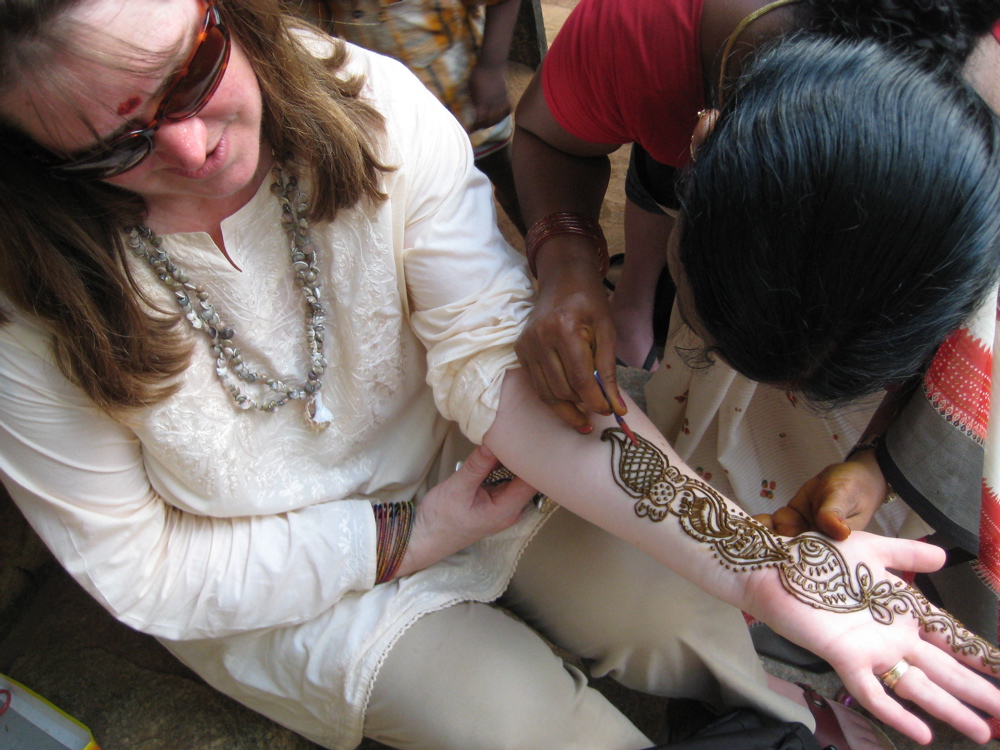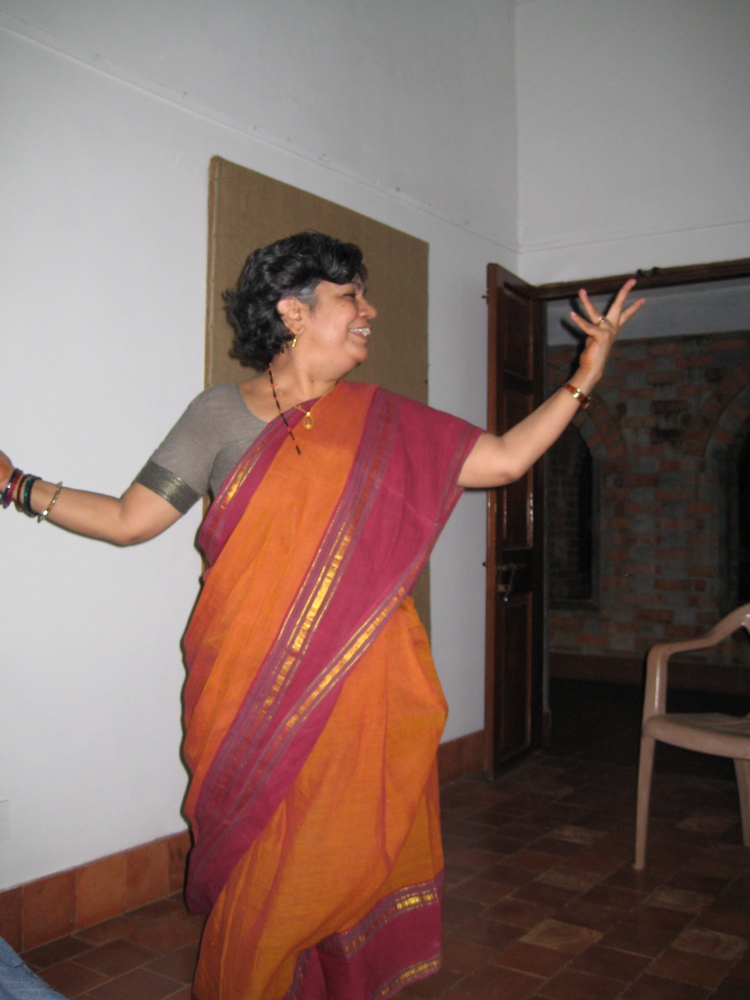Keep it Clean, Keep it Green
Lee McBride May 29th, 2008
Indian public intellectual, Vandana Shiva, argues that large corporate farming practices ultimately do violence to farmers and the land. It is implied that we should model our agri-culture upon the small organic agrarian village, for these communities have lived sustainably for centuries. Having read such things, I was naively led to believe that India is an environmental Shangri-La; a country with a population dispositionally attuned to the land. But, one must resist such romantic visions. Arriving in urban Delhi, I was struck by the smog, the garbage in the streets, the syrupy nature of the standing water in the puddles and drainage troughs, and the bits and pieces of plastic that are strewn everywhere. Such perceptions were only exacerbated by our travel to and from the small towns of Haridwar and Devprayag. And yet, Indian scholars that we met stress that, environmentally speaking, India is a much greener nation when compared with other nations with comparable population size. We were told that India is a recycling nation; apparently, the byproducts/garbage in India is so picked through, that little waste is left for landfills. It has been challenging for me to square these claims with my brief experiences in these regions, but until I have better evidence I will defer to judgments of my Indian colleagues.
Fortunately, we were treated to a three-day foray into Chennai (Madras). The main streets and thoroughfares of Chennai seemed noticeably cleaner and tidier, though pieces of plastic bags and bottles still littered the open lots and alleyways. I’m not sure what to attribute this difference to, but I was intrigued to find signs around town that say: “Your Town, Your Pride; Keep it Clean, Keep it Green.” Perhaps those environmentalists are right who argue that the fostering of a sense of place is integral to the responsible management of ecological resources – perhaps people do take care of their towns when they have a sense of pride connected to their province.



